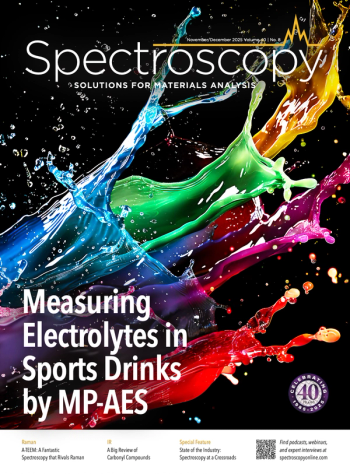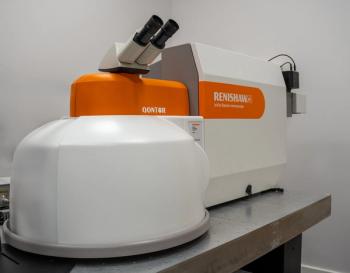
Using FT-IR Spectroscopy for Bacterial Discrimination
A recent study tested the efficacy of Fourier transform infrared (FT-IR) spectroscopy on distinguishing between different types of bacteria.
Fourier transform infrared (FT-IR) spectroscopy can be used to provide a molecular fingerprint of the most common forms of bacteria, according to a new study published in Future Microbiology (1).
Bacteria are small organisms, but they play a vital role in human health. Normally, bacteria are distinguished between “good” and “bad” types of bacteria, where the good bacteria are important for the functioning of the human body and the bad bacteria weakens the immune system and causes illness. In this study, Rachel McGalliard and her research team at the University of Liverpool tested the efficacy of using FT-IR spectroscopy to accurately discriminate between different types of bacteria.
FT-IR spectroscopy is a technique that has been used in various industries, including food and beverage and environmental analysis (2,3). One of the benefits of using FT-IR spectroscopy is that it is a low-cost, rapid technique that does not degrade the sample (1).
However, this is one of the first instances where FT-IR was used in pathogenic clinical applications (1). The research team at the University of Liverpool designed their study to test FT-IR spectroscopy in this context, attempting to determine whether FT-IR spectroscopy was more effective at accurately classifying different types of bacteria compared to matrix-assisted laser desorption/ionization–time of flight–mass spectrometry (MALDI-TOF-MS).
To set up their experiment, the research team collected a total of 104 clinical pathogens from serious bacterial infections in children. Using FT-IR spectroscopy, the researchers achieved a diagnostic accuracy of 99.6% (1). When compared to the performance of MALDI-TOF-MS, the researchers saw that FT-IR performed slightly better. On purified isolates, MALDI-TOF-MS had a lesser diagnostic accuracy of 95.8%, suggesting that FT-IR spectroscopy might have potential in this field. The researchers acknowledged, though, that further work is needed to assess this directly on patient samples (1).
From their study, the researchers also determined that FT-IR spectroscopy has limitations in outbreak settings. FT-IR analysis showed that N. meningitidis and group A Streptococcus were clustered similarly to gold standard whole-genome sequencing, and it also showed that there were different phylogenetic relationships to WGS for S. pneumoniae or S. aureus subtypes (1). Based on the knowledge the researchers had with other laboratory strain studies, these results did not surprise them.
The results further indicated that S. aureus WGS variants were significantly associated with longer hospital stays (1). The research team also examined the S. pneumoniae WGS data and compared it to the clinical metadata. Looking at both data sets closely, the researchers found that genes involved in DNA repair mechanisms were found to be significantly associated with the need for non-invasive ventilation (1).
The researchers also looked at the partial least squares regression (PLS-R) modeling of FT-IR spectra with clinical demographics, finding no statistically significant correlation between the two. However, pediatric risk of mortality (PRISM) severity scores correlated with FT-IR spectra for those admitted to pediatric intensive care (1).
Based on the results of their study, the researchers demonstrated that FT-IR spectroscopy has potential in clinical microbiology applications, but further research is needed on a wider range of pathogenic species (1). If further studies explore this topic and FT-IR spectroscopy remains just as effective, broader application of the technique in clinical workflows can be expected.
References
(1) McGalliard, R.; Muhamadali, H.; AlMasoud, N.; et al. Bacterial Discrimination by Fourier Transform Infrared Spectroscopy, MALDI-Mass Spectrometry and Whole-Genome Sequencing. Future Microbiol. 2024, 1–16. DOI:
(2) Wetzel, W. The Latest in Food and Beverage Analysis. Spectroscopy. Available at:
(3) Wetzel, W. Determination of Saponin Compounds of Panax notoginseng Roots Using FT-IR Spectroscopy. Spectroscopy. Available at:
Newsletter
Get essential updates on the latest spectroscopy technologies, regulatory standards, and best practices—subscribe today to Spectroscopy.



